

Four of the most photogenic experiences in national parks just beyond the Blue Mountains
Kayaking in Ganguddy-Dunns Swamp, Wollemi National Park - Credit: Daniel Tran, DPE
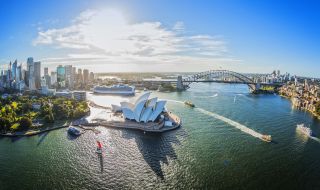



Destination NSW
While the Blue Mountains National Park is rightly famous for its iconic views, historic walking tracks and adrenaline-pumping activities, if you’re looking for a new adventure, try one of the national parks a little further northwest. The Wollemi National Park and Capertee National Park offer spectacular birdwatching, dramatic vistas and magical glow worms to those willing to seek a new path.
On the traditional lands of the Wiradjuri people is the spectacular Capertee Valley: a geological wonder second in size only to the Grand Canyon in the USA in the Capertee National Park. Home to an abundance of flora and fauna, this deep chasm was carved into the environment over millennia, and its arresting views and majestic landscapes are enough to turn anyone into an inspired photographer.
Nestled in a pretty riverside setting is the historic, no-fuss Capertee Homestead known as ‘Port Macquarie’. Pick up supplies from Rylstone, Lithgow or Mudgee and settle in for a weekend as adventurous or as peaceful as you desire. Fire up the barbecue, bask in the beauty of your alfresco surroundings and keep your camera close by as kangaroos and wallabies lope about nibbling on grass. As morning arrives, expect to wake up to the voices of the valley: noisy red-rumped parrots, squawking sulphur-crested cockatoos and twittering hooded robin and spend a quiet day soaking in river views, feeling connected to your natural surroundings (the lack of phone reception helps!).
Capertee is well-renowned as a birdwatchers’ paradise and is recognised internationally as one of the 50 best birdwatching locations in the world – so be sure to bring your telephoto lens and head out on a walk if you’re feeling active.
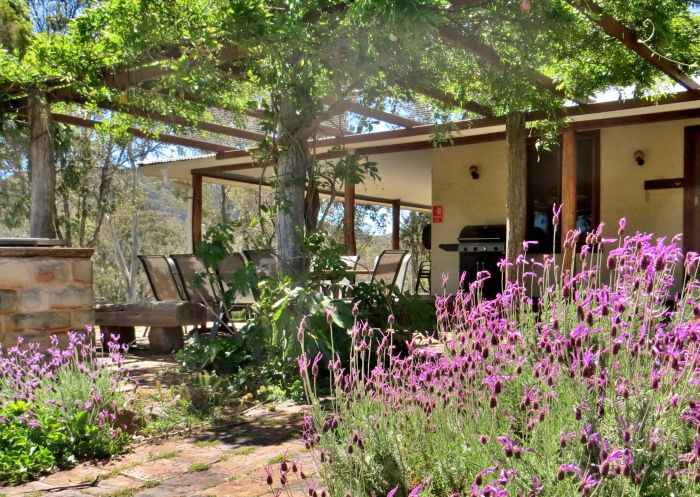
Capertee Homestead known as ’Port Macquarie’, Capertee National Park - Credit: Anjee du Terreau, DPE
Glide through the still waters of Dunns Swamp – or Ganguddy as it is known to local Wiradjuri people – a peaceful waterway on the Cudgegong River in World Heritage-listed Wollemi National Park, just beyond the Blue Mountains. Flanked by giant sandstone escarpments, endless rock pagodas and scribbly gum, the serenity of this stunning place will make you feel like you’re moving through a painting.
A guided tour with Southern Cross Kayaking will immerse you in the deep history of Ganguddy and alert you to its geological quirks. You may even get to meet some of the swamp’s friendly locals: the long-neck turtle, swamp hen, and – if you’re lucky – the shy platypus, which tends to splash about early in the morning or late in the afternoon. In the candied pink of dusk, the surface of the water twinkles like a giant mirror, making for magnificent photo opportunities. Once you’re ready to retire, pitch a tent at the waterfront campsite and reflect on the day that was.
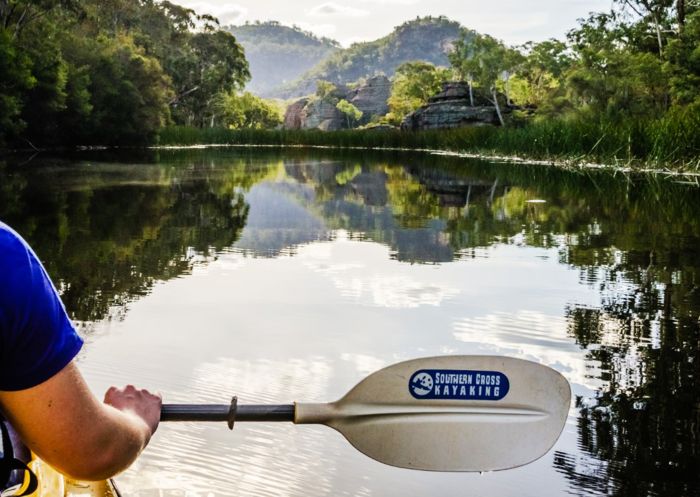
Kayaking tour of Ganguddy-Dunns Swamp, Wollemi National Park - Credit: Karon Grant, Southern Cross Kayaking
Up for a photographic challenge? The Wollemi National Park offers something quite spectacular. Inside a certain tunnel, you’ll find yourself enveloped by silence and complete darkness. Turn your torch off and you’ll see a forest of electric blue orbs sparkling above you in every nook and cranny of the ancient rock: thousands of tiny glow worms – which are actually the larvae of a small fly. To get the best shot, you’ll need a sturdy tripod, a wide aperture lens and long shutter speed.
Tackle the Glow Worm Tunnel walking track to explore; the 6km return hike passes tall forests, lush tree ferns, narrow gorges and stunning pagoda rock formations before reaching the 387-metre tunnel. Because of the tunnel's length, it gets dark enough to see glow worms during the day.
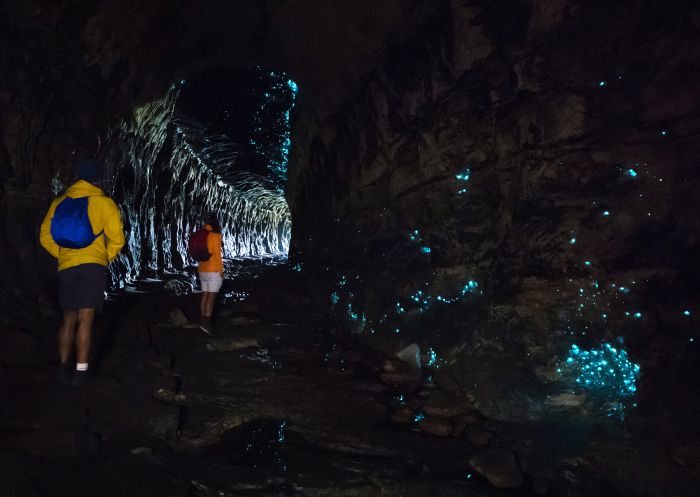
Glow Worm Tunnel walking track, Wollemi National Park - Credit: Daniel Tran | DPE
With its extraordinary landscapes and 360-degree views, it’s no wonder that Wollemi National Park is an electrifying place to watch the sun sink below the horizon and get a bunch of dreamy sunset snaps. Pack a torch, a picnic and a blanket and scramble up the rocks to the Pagoda Lookout Walking Track late in the afternoon. From the top, you’ll be met with out-of-this-world views of the Cudgegong River and a sea of impressive rock formations sculpted long ago.
Once the colours are done dancing across the cliffs, park up at one of the many campsites available and tap into the peace of a night in the great outdoors. For those looking for a truly off-the-grid adventure, visit Deep Pass or Colo Meroo, both walk-in campgrounds where you have to carry all your gear in. You’ll need to be fully self-sufficient to stay in these places, and for Deep Pass, you’ll also need a 4WD (and the skills to drive one), as the road in can get a little tricky.
If you’d prefer to drive up to your bed for the night Ganguddy-Dunns Swamp, and Coorongooba campground are all great places to pitch a tent, bring a trailer or park up in your campervan.
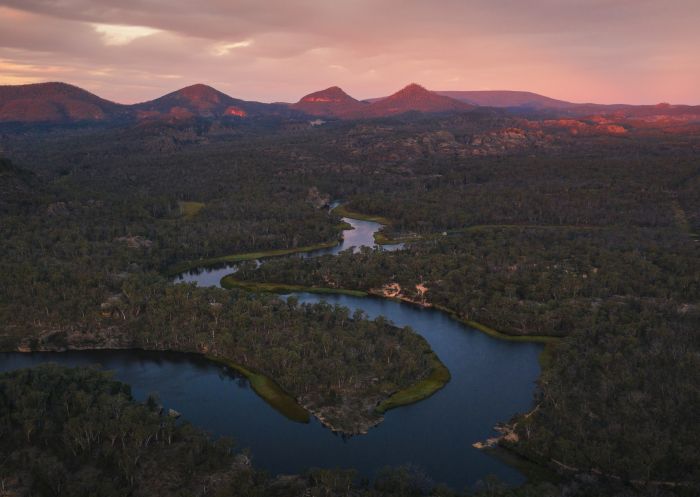
Wollemi National Park, Mudgee
Stay safe in NSW national parks. Plan by checking the NPWS website for alerts and closures before visiting a park. For more safety tips and park alerts, visit nationalparks.nsw.gov.au/safety.
Stay connected to Visit NSW for all the latest news, stories, upcoming events and travel inspiration.
All the insider news, tips and inspiration you need to plan your next trip, delivered straight to your inbox.
Sign UpVisitNSW.com is the official tourism site for Destination NSW.
© Copyright 2025 Destination NSW. All rights reserved